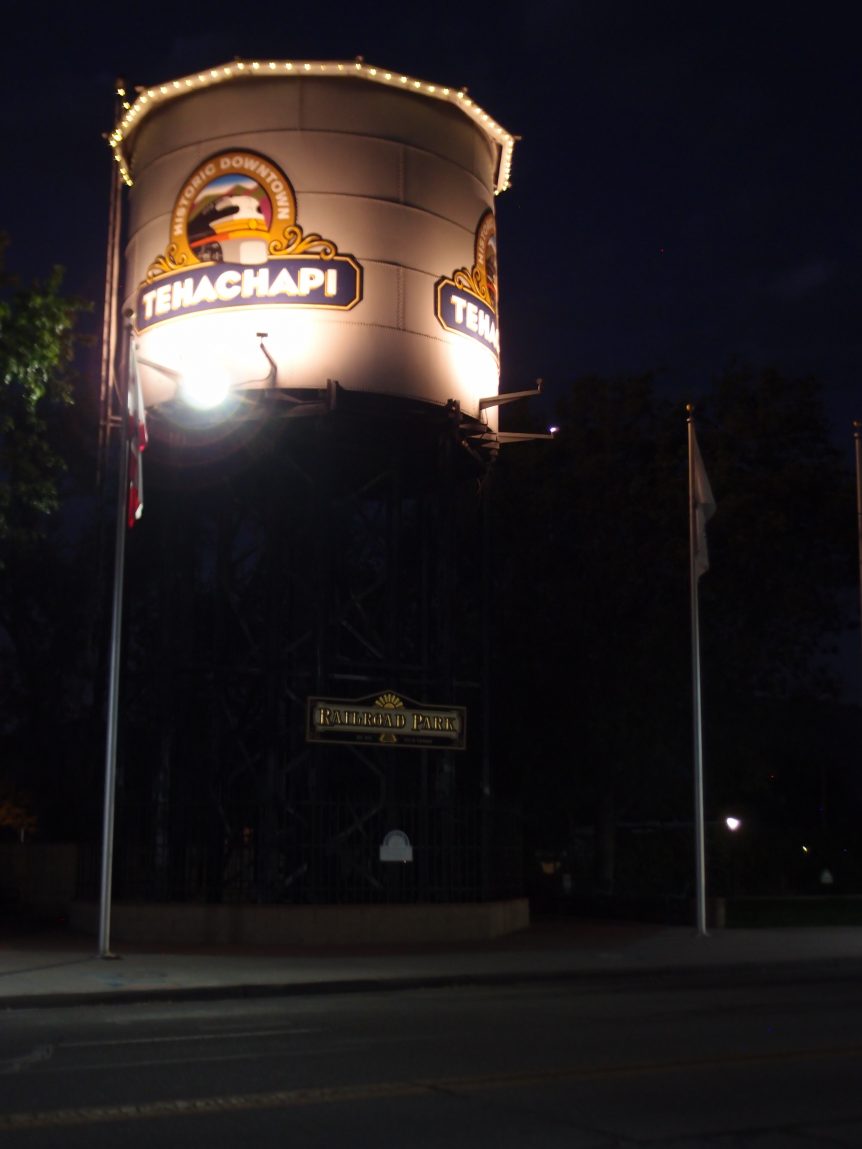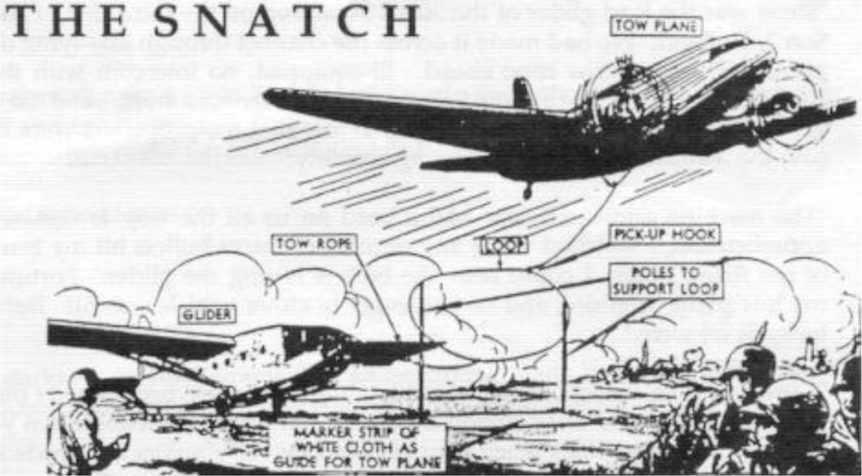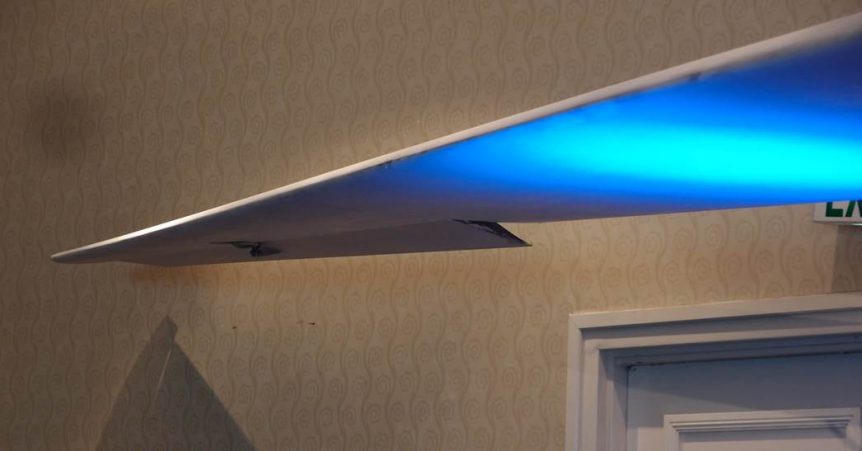The annual Experimental Soaring Association Western Workshop spills over the Labor Day weekend, starting with a welcome barbecue/potluck Friday evening and an official kickoff on Saturday. Sunday features more technical presentations and this year – an organization business meeting and a closing talk about moon shots. Pelicans, Albatross and Perpetual Flight Phillip Barnes, an accomplished aerodynamicist, photographer and expert on soaring birds, links all his interests and skills in his web site, How Flies the Albatross. This year, he brought his knowledge to bear on a design for a flying machine that would pull energy from the air it flies through to power its electric motors – Coulomb Keeper. He described the design process behind it in a talk titled, “Aircraft Energy Gain from an Atmosphere in Motion.” Keeper is an outgrowth of Phil’s earlier aircraft concept, Faraday. Both are derived from his desire to fly like the Albatross, which manages to circumnavigate the Antarctic Circle in seemingly perpetual flight. …
Jetstream Cargo Gliders – Colorado to China in Three Days
Just as Richard Starke was explaining to Experimental Soaring Association attendees at this year’s Western Workshop how his proposed stratospheric cargo glider program would work, some multi-tasker checking his tablet shouted, “Perlan’s reached 76,000 feet!” Richard’s concept of launching cargo gliders that would ride the jet stream between continents was suddenly validated before an audience that a few minutes before might have been dazzled and even skeptical of his proposal. Perlan’s tows behind the recently recruited Grob Egret turboprop towplane made 10,000 feet in 10 minutes a time-to-climb reality, and tows to 40,000 feet allowed rapid exploration of developing air masses over the Patagonian mountains. The idea of flying large, cargo-carrying gliders goes back to at least Word War Two, with flotillas of Waco CG-4s and British Horsas descending on the French mainland on D-Day. The Russians even had a glider large enough to carry a tank into battle. Hawley Bowlus, who had been in on the design of the …
An Image of the Future at the 2017 Sustainable Aviation Symposium
The Seeleys and SA board members did themselves proud for this year’s Sustainable Aviation Symposium. Your editor visited the grand ballroom in the San Francisco Bay Pullman Hotel the night before the meeting was to take place. All the tables, chairs and stage were in place, but the room was otherwise bare. Early next morning, your editor trudged downstairs again, to be met with an astonishing sight. At the back of the ballroom, a pair of exotic geometric shapes glowed in blue and green lighting. Somehow, a 50-foot wing and substantial streamlined shape had materialized overnight. Already, attendees were peering up at the extremely twisted tips of the wings and trying to analyze what they saw before them. Aspirational Geometries These elements comprise a pairing of what may be the two lowest-drag objects in aviaton. Their goemetic purity evoke those kind of aspirational feelings reportedly felt by attendees at the 1939 World’s Fair when they saw the Trylon and Perisphere …
The Man Who Made This Blog Possible
Your editor received this sad announcement yesterday from Andy Kecskes, editor of the Sailplane Builder newsletter, forwarded from Murry Rozansky, President of the Experimental Soaring Association. “Bruce Carmichael passed peacefully with his family by his side on Tues. I am glad that our and the other soaring organizations honored his contributions before this sad event. Bruce was 91+years old, an accomplishment in itself. There will be a celebration of Bruce’s life on Sat. Aug. 15th at 10:30 am at Palisade’s Methodist Church, 27002 Camino de Estrella, Capistrano Beach, CA. Reception to follow services.” Please RSVP to; georgianatives@yahoo.com.” Bruce was a pioneer in low-Reynolds number aerodynamics, and had been influential in the design of many record-breaking and visionary aircraft. He is listed as part of the team on Solar-Flight’s web page, performed a detailed design analysis and drag breakdown on Mike Arnold’s record-breaking AR-5, and was inspiration for many designers to explore the new realm of microlift, a low-speed, high-lift concept that …
Silent 2 Electro Certified in Germany
Luka Znidarsic shared this happy message this morning. “We are very proud to inform you, that the SILENT 2 Electro, equipped with our FES system, has been awarded Type Certification by the German Aero Club (DAeC). “This is the very first electric powered Ultralight sailplane certified, by DAeC. This represents a significant milestone in gliding history, which marks a new age of technology!” We hope this breakthrough in Germany encourages our own Federal Aviation Administration to review their schedule for electric aircraft certification. Such rule making would allow sales of existing electric motorgliders and light aircraft and encourage others to step up development of these alternatives to fuel-burning lightplanes. The Type Certificate gives some clear ideas of the technology incorporated in the very elegant little bird. The 13.2 meter-span airplane has a 22 kilowatt (peak power) motor and electronic speed controller of the Znardnic’s own design for instance. This motor can run at 20 kilowatts continually and swing a one-meter propeller at 4,500 …
Tehachapi 2013 – Baby Bowlus and Silent Electro
Tehachapi is a one-time railroad stop, 4,000 feet in the high mountain desert near Mojave, California. Trains don’t stop there very often these days, but multi-engined, two-mile-long bearers of cargo and commerce run over the tracks 50 times a day, making the long haul toward Bakersfield or Mojave. Hawley Bowlus helped build the Spirit of St. Louis and later taught the Lindberghs to fly sailplanes, with some lessons taking place in the high desert air above Tehachapi. Today, the once bare hills are covered with over 5,000 wind turbines, their giant rotors pointed into the prevailing westerlies. At the base of these hills, Mountain Valley Soaring has a base, and Jeff Byard has a hangar that hosts the annual meeting of the Experimental Soaring Association. Members gather to hear talks on the history, technology, and joy of soaring – and get in some flying between – or instead of – lectures . This year, the Labor Day weekend centered on …
Albatross, Dragonflies, and Hummingbirds
Your editor took a trip to Tehachapi, once home of the infamous California Women’s’ Correctional Institution, mentioned in no less than three 1940’s films noirs. (It’s now a gray-bar hotel for bad boys, not bad girls.) Lesser offenses were in mind, though, since Labor Day weekend has been the time for 31 meetings of the Experimental Soaring Association’s Western Workshop. The group, devoted to improving sailplanes and testing the limits of soaring technology, has been in the forefront of many significant developments, and its members include many record holders and aerodynamics experts. This year’s convocation included talks on birds, dragonflies (the Libelle sailplane), and even a demonstration of Aerovironment’s spy hummingbird, a camera-toting drone no larger than a 90-percentile member of the Trochilidae family. Phil Barnes kicked off the Saturday talks, showing his incredible computer simulations of the dynamic soaring flight of the Albatross, which included an impassioned plea to help preserve this magnificent bird. He noted that “gyres” of plastic slurry distributed …
Dynamic and Regenerative Soaring – Perpetual Energy in Flight
Phil Barnes has an impressive set of credentials, and an even more impressive body of work. Having seen three of his presentations at the Experimental Soaring Association’s Western Workshops, this writer can attest to the breadth and depth of his knowledge. According to his biography, “Phil Barnes has a Master’s Degree in Aerospace Engineering from Cal Poly Pomona and a Bachelor’s Degree in Mechanical Engineering from the University of Arizona. He has 25-years of experience in the performance analysis and computer modeling of aerospace vehicles and subsystems at Northrop Grumman. Phil has authored technical papers on aerodynamics, gears, and flight mechanics.” He now has his own web site, How Flies the Albatross, where readers can interact with the flight of the albatross in simulated dynamic soaring conditions, with mathematical explanations of a very high order. Barnes took all the photographs of albatrosses in flight, and are another impressive facet of his abilities. Another segment provides an “Aerodynamic and Artistic Study” …
Electric Waiex Makes First Hop
On Friday, December 3, Sonex Aircraft, LLC achieved a long-sought goal at Wittman Field, Oshkosh, Wisconsin, successfully flying their electric two-seater Waiex. Unveiling their craft at the 2007 AirVenture on the same field as part of their E-Flight Initiative, the team quietly and with some back-to-the-drawing-board resolve worked for the next three years to solve the many problems that confront any group reaching for that elusive next best thing. Evidence of this are the version numbers on the motor and controller as noted in Sonex CEO and General Manager Jeremy Monnet’s comment. “We have also already started our motor v4.0 design and motor controller v12.0 to be integrated on N270DC. Many more great things to come on this project!” Having seen Peter Buck’s video of early testing at the Experimental Soaring Association’s fall workshop in 2008, in which the controller self-immolated (later found to be the classic loose wire scenario) this writer was impressed with the openness of the presentation and the reminder that such developments are never as …



